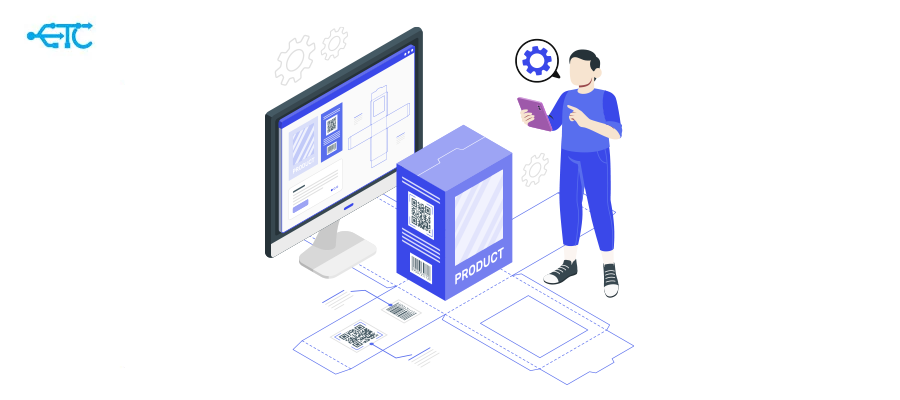Understanding the Minimum Viable Product (MVP): Why Adopt It?

The approach of the Minimum Viable Product (MVP) has become essential in modern product development. It involves creating a reduced but functional version of a product, containing only the essential features. The main goal is to quickly test its viability in the market while minimizing costs and risks. In the era of digital transformation, this method proves crucial for any business looking to innovate quickly and effectively.
What Is an MVP?
An MVP can be viewed as an embryonic version of a product. It is not about offering a finished product but rather launching a first version that is usable by consumers, focusing solely on the bare minimum of features. This version should allow for the validation of an idea before further investment in development or marketing.
Why Adopt an MVP?
1️⃣ Limit Initial Investments
Launching a product without knowing if it will be adopted by consumers carries significant financial risks. By focusing on an MVP, a business reduces these risks by only investing in the essentials. This allows testing an idea with a controlled budget before considering extensions or additional developments.
2️⃣ Reduction in Time to Market
Time is a crucial factor in new product development. By concentrating solely on core functionalities, the MVP allows for a much quicker market launch. Instead of spending months or even years developing a complete product, it is possible to release a testable version in just a few weeks. This speed is a strategic advantage, especially in fiercely competitive sectors.
3️⃣ Rapid Access to User Feedback
Once the MVP is in the hands of users, it becomes possible to gather authentic and concrete feedback. These comments allow for adjustments to the product according to market expectations. By testing in real conditions, the business can detect what works and what needs improvement, helping to avoid costly mistakes during the full development phase.
Steps to Build an MVP
1️⃣ Identifying Fundamental Needs
The starting point for an MVP is accurately identifying the problem or need the product should address. This phase involves a thorough analysis of potential user expectations. A deep understanding of the target market is essential to determine which features to include in the MVP.
2️⃣ Prioritizing Features
Not all aspects of the product are essential for an initial version. The idea is to retain only the functionalities that will provide immediate value to users. This careful selection helps avoid resource dilution and maintain focus on what matters most.
3️⃣ Rapid Prototyping and Development
Once the features are identified, the development of the MVP can begin. The goal is to create a usable version as quickly as possible while maintaining a certain level of quality. The product must be functional, even if not all options are available yet.
4️⃣ Testing with a Limited Audience
After development, the MVP should be tested with a sample of users. These initial tests provide valuable insights that allow for fine-tuning the product. This is a crucial step for gathering feedback and quickly adjusting critical aspects before broader scaling.
Benefits of an MVP for Businesses
1️⃣ Flexibility and Rapid Adjustments
One of the main advantages of the MVP is the ability to quickly adjust the project’s direction. If a feature does not meet expectations or if the market shows interest in another functionality, the business can pivot and adapt its product rapidly.
2️⃣ Better Market Understanding
By directly interacting with users, the business gains precise insights into the real needs of its customers. This understanding allows for more accurate responses to expectations and optimizes future developments. Concrete user feedback is a valuable source for ongoing improvements.
3️⃣ Reduced Risk of Failure
By testing a reduced version of the product, the risk of failure is significantly diminished. If the MVP does not resonate with users, the financial losses are less substantial than if a complete product fails in the market. This approach also helps identify issues early on, before significant resources are invested.
Mistakes to Avoid When Creating an MVP
1️⃣ Adding Too Many Features
The most common pitfall when designing an MVP is the temptation to include too many features. It is essential to maintain simplicity, as adding unnecessary functionalities undermines the very principle of the MVP. The goal is to keep the product focused on its core functions to ensure a swift and effective launch.
2️⃣ Ignoring User Feedback
If the feedback from initial users is overlooked, the MVP loses its purpose. The insights gained must be incorporated into the product’s future development to ensure continuous and relevant evolution. Not listening to users can lead to a final product that does not meet their needs.
3️⃣ Failing to Measure Performance
An MVP should come with clear performance indicators. It is crucial to know from the start what objectives are to be met, whether in terms of adoption, usage, or customer satisfaction. Without this data, assessing the viability of the product becomes difficult.
Examples of Success Through MVP
1️⃣ Dropbox
Dropbox is an excellent example of success based on an MVP. Rather than developing a complete platform, the company started with a video that simply explained the concept of online storage. This was sufficient to generate massive interest, allowing the company to validate its idea before committing to full-scale development.
2️⃣ Airbnb
Airbnb, now an international company, began with a very simple MVP: a web page allowing people to rent an air mattress in an apartment. This concept enabled the founders to test their short-term space rental idea before investing in a complex platform.
Why the MVP is the Key to Innovation?
The Minimum Viable Product is an essential approach for any business looking to innovate while managing its resources effectively. It offers a pragmatic and flexible way to test ideas, obtain feedback, and optimize the product before a broader launch. By adopting this method, companies can save time and money while responding more accurately to the needs of their target market, thus ensuring lasting success.
